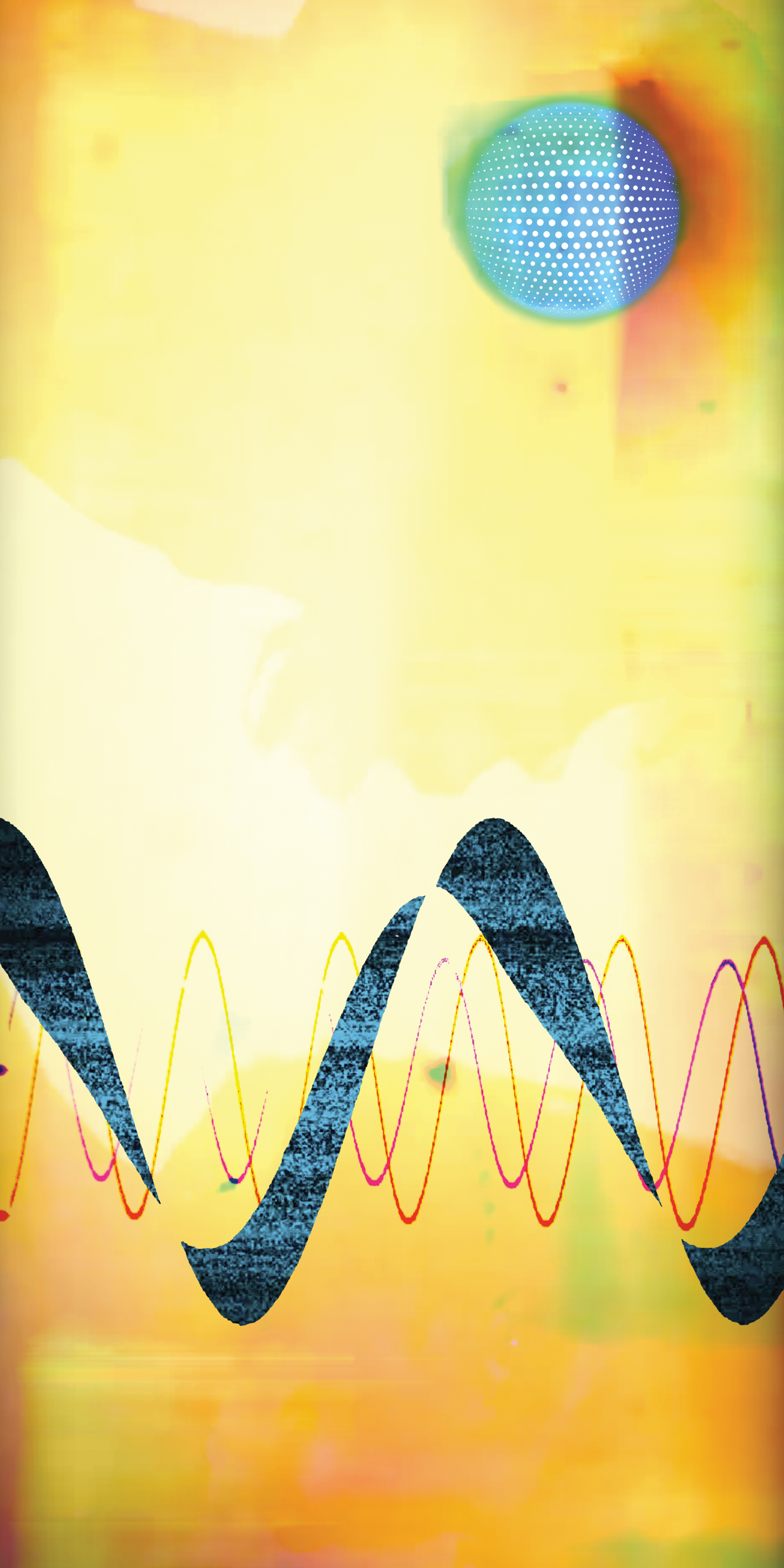Applied Research and Technology (ART) has set the “bang for the buck” bar with equitable pricing and affordable innovation in professional audio products for nearly 40 years. Whether you’re starting out as a self-recording artist or putting together your first studio on a budget, when cash is lean, you can always enter the game with a modest investment in a piece of ART. My first preamp was an (original) Tube MP, which they continue to make today – I still own two of them. An older Pro VLA compressor [Tape Op #37] that I bought years ago remains on my patchbay and gets used regularly on projects (with upgraded tubes).
ART has recently introduced the USB IV 4 x 4 and USB II 2 x 4 interfaces, continuing their tradition of offering inspiring recording tools at entry-level prices. These are simple “get the job done” class-compliant USB 2.0 recording hookups – no-frills, no complicated tech, no ancillary digital connectivity, and no B.S. However, upon closer look, we see that these seemingly nondescript interfaces provide 32-bit/192 kHz resolution and transformer-isolated outputs – nice for the price! Two other standout features (not found in most comparable interfaces) that jumped out at me right away include real 5-DIN MIDI I/O connectors, plus separate speaker and headphone monitoring outputs (more on this later). The USB IV is completely bus-powered via its USB 2.0 connection, offering four built-in mic/line/instrument inputs (two on the front; two in back) with accompanying preamps and gain control. Phantom power is global. An Input Monitor switch allows for monitoring the input signal directly from the headphone jack (no latency).
As soon as it arrived, I put the USB IV to use on voiceover work with my trusty Electro-Voice RE27N/D. Set up with my 2013 Apple MacBook Pro was nearly plug and play – ASIO drivers recognized the interface right away. Windows users must download and install a driver from the ART website. Configuring the headphone monitoring outputs requires paying some attention to the manual. The USB IV dedicates output channels 1 and 2 for line level monitor outputs, reserving 3 and 4 for the headphone output (with volume control) on the unit’s faceplate – a handy feature for isolated tracking. Initially, I struggled to get output to the headphones, but after “reading the instructions” (which I rarely do), I realized that I needed to switch the output in my DAW from the default 1 and 2, to 3 and 4. For studio monitoring, leave the output on 1 and 2, then set up AUX outputs to 3 and 4 for monitoring on via the headphone output. Setting up an AUX bus for monitoring is quick work for many engineers. Still, it might be helpful if ART provided configuration guides or YouTube videos for popular DAWs that could help novice engineers and musicians take advantage of the USB IV’s playback options.
In action, the USB IV performed as expected. The four built-in preamps are good – especially at this price. Acoustic guitar tracking sounded rich and full. The LEDs that surround the preamp controls on the front of the USB IV illuminate green when signal is passing at median levels and immediately alert you if you’re pushing the gain too far by changing from green to red. Overall, I would describe the preamps as clean with little perceptible noise – typical of many interface’s built-in preamps. Condensers and dynamic mics paired well with the USB IV. My passive Cascade Fat Head [Tape Op #55] ribbon mic had no preamp issues when recording louder sources (such as guitar amp). But on quieter sources, its low impedance required more gain from the USB IV, resulting in some noticeable hiss, which is not surprising. Note: There are no pads or high-pass filters.
The direct monitoring feature for the headphone output sums all active inputs to mono, so if you’re multitracking, you won’t be able to hear panning on the inputs during a performance or overdubbing. However, this is certainly not a deal-breaker for me at this price – and it does keep workflow simple. Playback on studio monitors sounded as it should, and there were no issues with any of my speakers.
The USB IV’s compact footprint and brawny anodized aluminum case make it ideal for remote or on-the-go recording, but it’s also perfect for the home or project studio and for those of us that still own vintage MIDI gear. In true ART fashion, they’ve managed to get the consumer more options for less of an investment upfront. At under $200 for 4-channels of high-resolution recording, there can be no argument that this interface dominates price to performance in its class.




_disp_horizontal_bw.jpg)